Next month, the Type Directors Club will present Ezhishin, a conference focused on Native North American typography. From Friday November 11 – Sunday November 13, the virtual conference will feature the voices and work of Native North American type designers, lettering artists, design educators, printers, researchers, and more. This Q&A with four the Ezhishin presenters, Violet Duncan, Jessica Harjo, Monique Ortman, Sadie Red Wing, and Kathleen Sleboda, highlights some of their ways of working, recommended readings, and what leaving a mark means to them.
Violet Duncan
Violet Duncan is Plains Cree and Taino from Kehewin Cree Nation. Touring nationally and internationally since 1991, she has performed for audiences across the United States, Canada, and Europe through work as a Native American dancer, hoop dancer, choreographer, storyteller, and author. Violet is a former “Miss Indian World”, representing all Indigenous people of North America. After becoming a mother of 4 and seeing the need for Native representation in literature, she took it upon herself to author three award-winning children’s books: I am Native, When We Dance, and Lets Hoop Dance! She has recently joined the family of Penguin Random House with two new children’s books and a middle school novel coming out 2023/24. Violet is the Creative Director of Young Warriors, where she aims to create space for programming of Indigenous performance and practice.
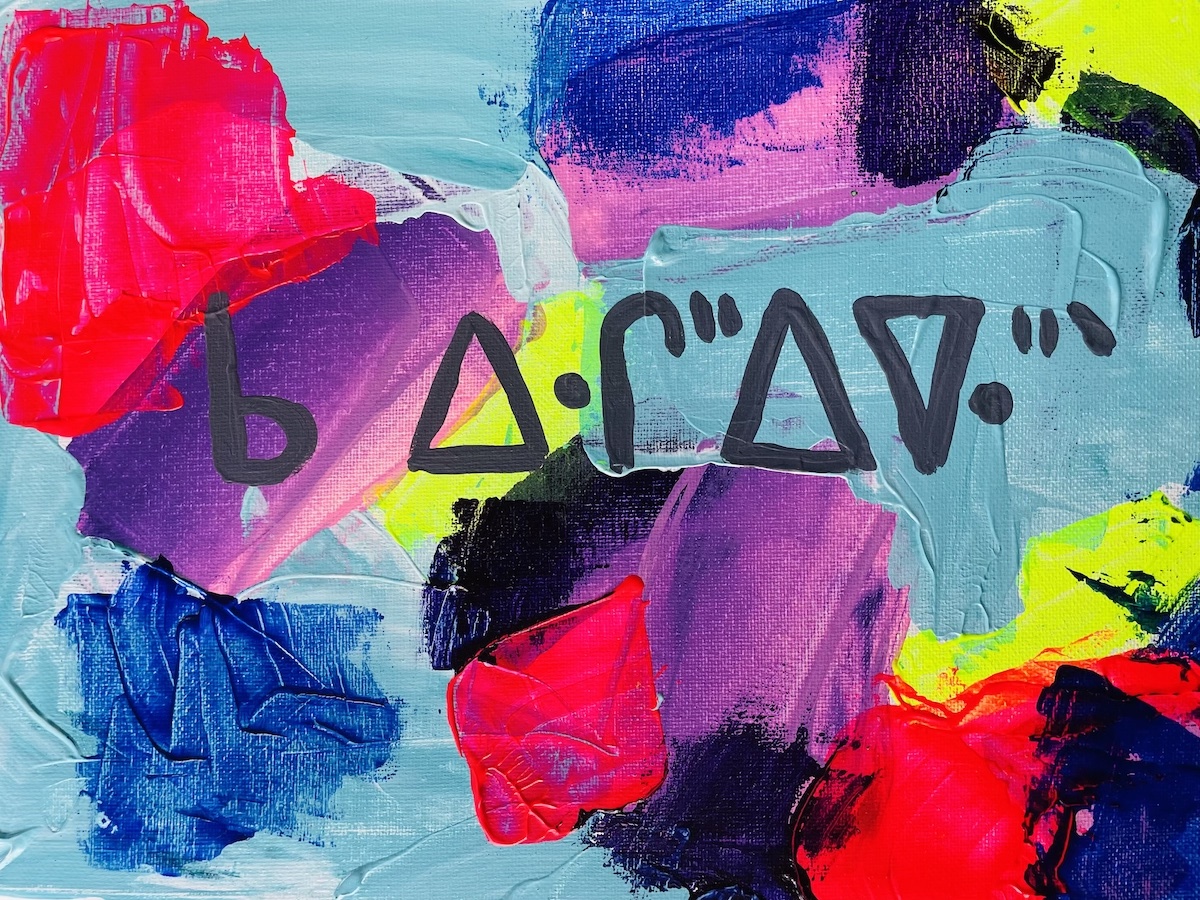
1. Name a location you love, or that’s of significance to you.
I love creating in my traditional Cree homelands, which today is known as Northern Alberta Canada. Between spring and summer is my favorite time for creativity, when I go outside I am immediately surrounded by all of the scents of home; faint sweetgrass, subtle deep scent of dark earth, the soft fragrant smell of lilac.
2. What is your soundtrack while working?
I don’t listen to anything when I create, don’t worry I think it’s really strange too. When I’m creating I’m trying to recall a moment, I think back on the smells, feel on my skin and how I felt in the moment. With all this I recall and being lost in thought, my head is too full to add additional sound.
3. Do you have any books you’d recommend to our readers?
Do I!?
I am an avid reader! and a kids book author (naturally mine will be at the top 🙂 but here is my little list, read at your leisure.
When We Dance – Violet Duncan | Let’s Hoop Dance – Violet Duncan | I am Native – Violet Duncan | You are Loved by me/ Kisahkihtin – Violet Duncan | Jingle Dancer – Cynthia L. Smith | Frybread – Kevin Noble Mailard | Healer of the Water Monster – Brian Young | Jo Jo Makoons – Dawn Quigley | I Sang You Down from the Stars – Tasha Spillett-Sumner | Powwow Day – Traci Sorell | Race to the Sun – Rebecca Roanhorse | Indian Horse– Richard Wagamese | Orange Shirt Day – Phyllis Webstad | Shi-shi-etko and Shin-chi’s Canoe – Nicola Campbell | Seven Fallen Feathers – Tanya Talaga | Dear Canada, These Are My Words: The Residential School Diary of Violet Pesheens – Ruby Slipperjack | In Search of April Raintree – Beatrice Mosionier | The Train – Jodie Callaghan | My Name is Seepeetza – Shirley Sterling | Fatty Legs – Christy Jordan Fenton & Margaret Pokiak-Fenton | I Am Not A Number – Jenny Kay Dupuis | When We Were Alone – David A. Robertson & Julie Flett | A Stranger At Home | The Break – Katherena Vermette | Porcupines and China Dolls – Robert Arthur Alexie | The Marrow Thieves – Cherie Dimaline | When I Was Eight – Christy Jordan Fenton | Not My Girl – Christy Jordan Fenton | Stolen Words – Melanie Florence | Phyllis’s Orange Shirt by Phyllis Webstad | We Feel Good Out Here – Julie-Anne Andre & Mindy Willett | The Land is Our Storybook – Julie-Anne Andre & Mindy Willett | When We Play Our Drums, They Sing! & Lucy & Lola – Richard Van Camp & Monique Gray Smith | Sugar Falls: A Residential School Story | As Long as the Rivers Flow – Larry Loyie | Five Little Indians – Michelle Good | One Story, One Song – Richard Wagamese | The Red Files – Lisa Bird-Wilson | The Education of Augie Merasty, Speaking Our Truth – Monique Gray Smith | They Called Me Number One – Bev Sellers | I Lost My Talk – Rita Joe | Moon of the Crusted Snow – Waub Rice | I’m Finding My Talk – Rebecca Thomas | 7 Generations: A Plains Cree Saga – David A. Robertson | Betty: The Helen Betty Osborne Story – David A. Robertson | Amik Loves School – Katherena Vermette | I Can Make This Promise – Christine Day | Up Ghost River – Edmund Metatawabin | Jingle Dancer – Cynthia L. Smith | Frybread – Kevin Noble Mailard | Healer of the Water Monster – Brian Young | Jo Jo Makoons – Dawn Quigley | I Sang You Down from the Stars – Tasha Spillett-Sumner | Powwow Day – Traci Sorell | Race to the Sun – Rebecca Roanhorse
4. What does Ezhishin, the Ojibwe word for leaving a mark, mean to you?
This one is a hard question for me, I have always been taught that when I leave a place to leave it better than I found it. To leave a mark would be to leave this same teaching that is instilled in me, and pass it on to the next generation. When I create, I try to leave a mark on people’s hearts and minds and leave them better (meaning happier or curious etc) then when I found them.
5. Which presentation or speaker at the conference are you most excited about?
There is nothing like this conference, so honestly I am very excited for everyone and what they will be sharing. It’s going to be incredible and I am happy to be here for it.
Jessica Harjo
Jessica Moore Harjo, Ph.D., Weomepe, is an artist, designer, and educator based in Oklahoma. Jessica’s approach to art and design is unique, post-traditional, and grounded in cultural symbolism. Her research interests are in design and typography as well as intersections of cultural and visual representation affecting social awareness and identity.
1. Name a location you love, or that’s of significance to you.
Grayhorse, Oklahoma. A place I feel at home, it is the place where we come together as a family/district/tribe (Wazhazhe/Osage) each year to dance, feast, fellowship, and just come ‘home’ to. A place of renewal.
2. What is your soundtrack while working?
I have a playlist called “If the world was ending” that is mixture of old and new love/life songs – I am someone that loves old and new chickflicks and romantic comedies so most of this music is that part of my soul. I also have another playlist compiled of Indigenous artists that I’m constantly adding to. Lately I’ve been listening to Frank Waln, who is a friend of mine that produces music that is powerful and helps my daily workflow and that I’ve used for my fashion shows. I’m constantly listening to new Indigenous artists to find new tracks to add to my fashion show playlist.
3. Do you have any books you’d recommend to our readers?
An American Sunrise by Joy Harjo. I was part of a book club that read and discussed poems from this book and found a deeper understanding of words/works/life.
4. What does Ezhishin, the Ojibwe word for leaving a mark, mean to you?
I’ve been called a trailblazer in the work that I’ve produced but there is so much work to be done. I can only hope that my work sparks interest and inspires. That would mean I left a mark that can grow beyond my own limitations.
5. Which presentation or speaker at the conference are you most excited about?
I am just excited to connect with other like minded people with the passion for design + typography + Indigenous creativity + language revitalization/preservation. This mix isn’t something you come across frequently, for a long time I felt alone so I am very excited to learn about all the exciting things others are doing.
Monique Ortman
Osiyo! Monique Ortman is a Cherokee Nation citizen from Harrah, Oklahoma. She is a mother, Graphic Designer, Educator, and received her MFA from the Vermont College of Fine Arts. She teaches Graphic Design at the University of Central Oklahoma’s School of Design as an Artist-in-Residence. Her thesis work revolves around her love for Cherokee: rivercane baskets, visual language, culture, language, and typography. This work led Monique into the world of type design, culminating in a Cherokee syllabary typeface called Kamama, inspired by and designed for use in Cherokee basket and mat weaving, as well as digitally.
- Cherokee display typeface, Kamama.
1. Name a location you love, or that’s of significance to you.
I love the mountains in North Carolina and being near the ocean. Both locations have a calming and spiritually uplifting effect on me.
2. What is your soundtrack while working?
My soundtrack is all over the place- Ha! I usually have some mixture of ’90’s techno/club (Crystal Waters, CeCe Peniston, Soul II Soul, etc.), mixed with contemporary Indigenous artists (Supaman, Fawn Wood, The Halluci Nation, Samantha Crain, etc.), mixed with early ’00’s rock (Korn, Incubus, Deftones, Rage Against The Machine, etc.).
3. Do you have any books you’d recommend to our readers?
Anything from the banned books lists! I recommend reading at least one book written by BIPOC and/or LGBTQ+ authors.
4. What does Ezhishin, the Ojibwe word for leaving a mark, mean to you?
To me, leaving a mark means leaving this world a better place for my daughter, future generations, and the communities I am a part of.
5. Which presentation or speaker at the conference are you most excited about?
Oh, that’s a tough one! I have gotta say, I have been fangirling over and looking forward to all of the speaker presentations. If I have to narrow that down though, I would say I am most excited about the other Cherokee Nation speakers. Roy Boney Jr., Jeff Edwards, and Chris Skillern have helped guide and support me while getting started on my own type design journey and I am a big fan of their work.
Sadie Red Wing
Sadie Red Wing is a Lakota graphic designer and advocate from the Spirit Lake Nation of Fort Totten, North Dakota. Red Wing earned her BFA in New Media Arts and Interactive Design at the Institute of American Indian Arts. She received her Master of Graphic Design from North Carolina State University. Her research on cultural revitalization through design tools and strategies created a new demand for tribal competence in graphic design research. Red Wing urges Native American graphic designers to express visual sovereignty in their design work, as well as, encourages academia to include an indigenous perspective in design curriculum. Currently, Red Wing serves as an Assistant Professor at OCAD University (Toronto, ONT).
1. Name a location you love, or that’s of significance to you.
A location that I love and is significant to me is the Bad River (Wakpá Šíca) located in Fort Pierre, South Dakota. I visit this river any time I need to reflect or gather an image of what life was like for the Lakȟóta before settlers came to central South Dakota.
2. What is your soundtrack while working?
E. 1999 Eternal – Bone Thugs N Harmony
The album doesn’t reflect my graphic design work—only that it is the single album that I consistently listened to since the age of 12 and have not gotten tired of it.
3. Do you have any books you’d recommend to our readers?
Design to Renourish: Sustainable Graphic Design in Practice by Eric Benson and Yvette Perullo
4. What does Ezhishin, the Ojibwe word for leaving a mark, mean to you?
Leaving a mark –to me—means that I have done something significant enough to impact someone’s way of thinking, and that someone will remember me for the impact.
5. Which presentation or speaker at the conference are you most excited about?
I am most excited for Panel III: Typography Moderated by Bobby Joe Smith III. Featuring Sébastien Aubin, Kevin Coochwytewa, Victor Pascual, Kaylene Big Knife. In the last 6 years of my journey, each panel member has been influential and great support when bringing awareness and modeling Indigenous Design as a profession. I am excited to see their current work, as well as learn more about their expertise in type.
Kathleen Sleboda
Kathleen Sleboda is an art director, graphic designer, educator, and illustrator. Her work crosses disciplines, weaving together the acts of making, curating, collaborating, and documenting. She is co-founder and design director of Draw Down Books and principal of the illustration studio Gluekit. For the past 15 years, she has designed books and printed materials for cultural institutions while lecturing and writing about graphic design, independent publishing, Indigenous knowledge systems, and the preservation of cultural heritage. She currently teaches graphic design at the Rhode Island School of Design and Boston University. Originally from San Francisco, she graduated from Yale University and the University of British Columbia. Kathleen is Nlaka’pamux and a member of the Coldwater Indian Band of Merritt, British Columbia.
- Westwoods in Guilford, CT. Photos by Kathleen Sleboda
1. Name a location you love, or that’s of significance to you.
I love the woods near where I live now in Guilford, Connecticut. The area, called Westwoods, is filled with memories and footsteps, the beauty of the natural world, dappled light, birdsong, and the sound of leaves fluttering in the wind. There are lush wooded valleys and monumental stones, marshlands, and lake views. The woods were part of the traditional homeland of the Quinnipiac people, extending from the harbor area inland. It’s easy to imagine how people have loved living in this area for generations and how precious it is as a natural place of beauty and resilience when walking the trails.
2. What is your soundtrack while working?
I mainly like to listen to music and choose something based on mood. Selections range from punk/hardcore and alternative to Johnny Cash, Waylon Jennings, classical music, musical soundtracks, and metal or noise. Sometimes I listen to audiobooks from the local public library; most recently, I listened to Robin Wall Kimmerer read her 2013 book Braiding Sweetgrass.
- Braiding Sweetgrass by Robin Wall Kimmerer
- My Name is Seepeetza by Shirley Sterling
3. Do you have any books you’d recommend to our readers?
A book that is very special to me is My Name Is Seepeetza by Shirley Sterling, one of my mother’s cousins. This incredibly readable YA book traces a 12-year-old girl’s experiences as a sixth grader at the Kalamak (Kamloops) Indian Residential School in British Columbia in 1958. The account is based on my Aunt Shirley’s life. Generations of my family attended KIRS, and I recommend this book to anyone interested in learning more about the experiences of First Nations peoples in Canada’s residential school system, a system in many ways similar to the boarding schools in the United States.
I’ve also spent part of this year reading memoirs by Indigenous women whose roots go back to the Northwest: Red Paint: The Ancestral Autobiography of a Coast Salish Punk by Sasha taqʷšəblu LaPointe (Upper Skagit and Nooksack Indian Tribe) and White Magic by Elissa Washuta (Cowlitz Indian Tribe). Reading these contemporary accounts of women my age with similar cultural references has been something I’ve enjoyed, especially after reading accounts like Maria Campbell’s Halfbreed when I was younger. Indigenous writers are producing great contemporary fiction and non-fiction, and reading these works highlights the diversity of experiences of Native peoples.
4. What does Ezhishin, the Ojibwe word for leaving a mark, mean to you?
Leaving a mark means leaving a lasting impression. It’s inscribing something that will remain present and tangible. Hearing the word and its meaning reminds me of the mark-making practices of Nlaka’pamux people, which date back hundreds of years. The red ochre paintings on rock walls throughout the Stein (Stagyn) Valley in BC are evidence of the rituals and powerful dreams of my ancestors and relations. So that’s certainly a physical way of leaving behind something for the next generation. I think there’s also a way of leaving a mark that can be figurative. Each of us is a bridge between our ancestors and the next generation. What we do with our actions—mentoring, encouraging others, creating opportunities—is another way of making an impression, exerting our influence positively, and paying forward the guidance, love, and support we’ve received. Hopefully, we will make things better for all those who follow in the future.
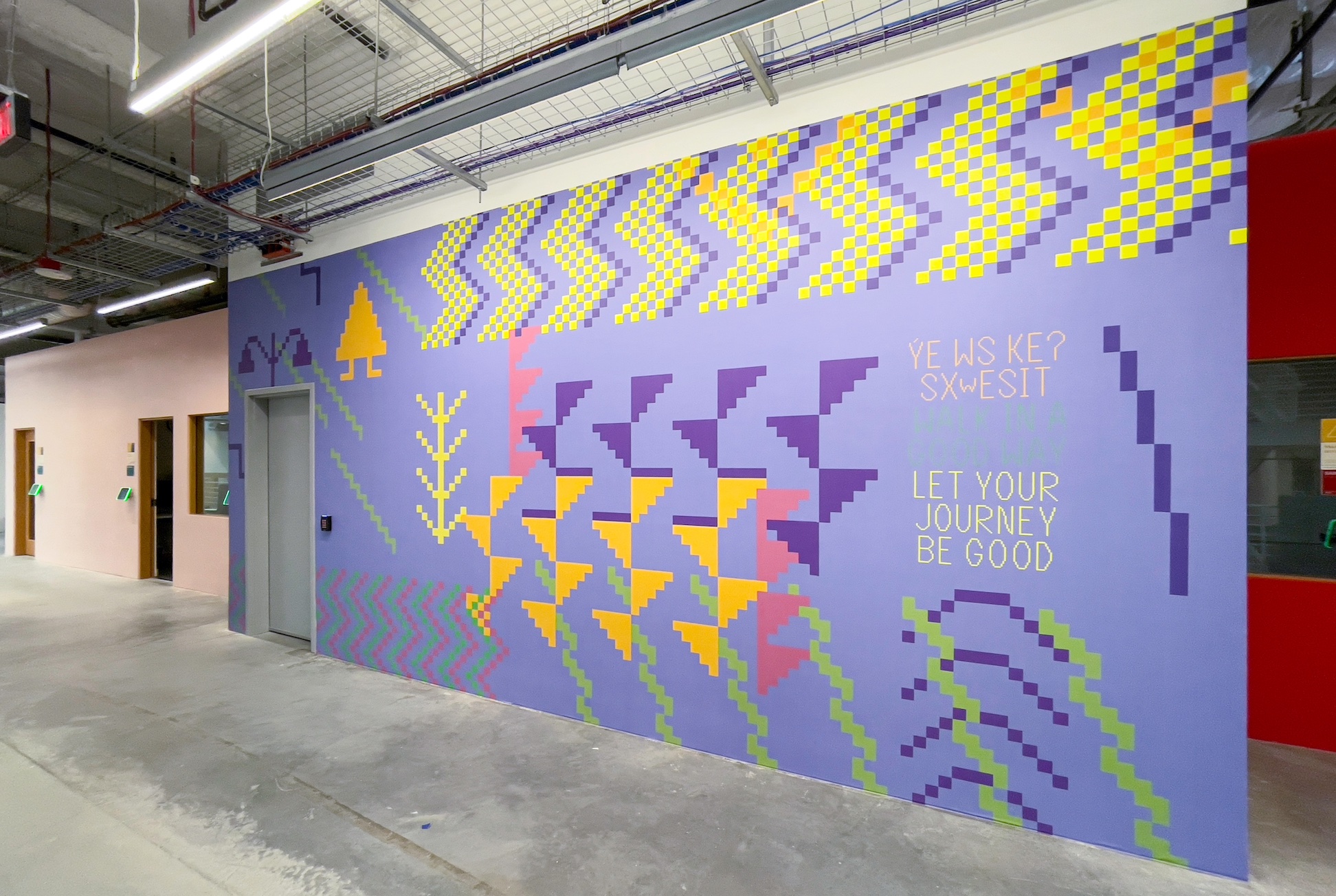
Walk in a Good Way – Project for Meta Open Arts Nov 2021
5. Which presentation or speaker at the conference are you most excited about?
Picking just one is hard as I look through the list of speakers and presentations. Sébastien Aubin is someone I’ve been following for awhile, along with Sadie Red Wing (“Reinventing the Indigenous Graphic Design Cannon: No Printing Press Needed”), Bobby Joe Smith III (“By the Sun and the Moon—Shaping a Sovereign Syllabary for the Lakota Iyapi”), and Chris Skillern. I’m thrilled about the opportunity to hear from legends like Dr. Jessica Moore Harjo and Ray Boney, Jr. I’m particularly looking forward to the dedicated type design panel with JamraPatel, John Hudson, and Kevin King from Typotheque. Typotheque’s Syllabics typeface is a fantastic undertaking and crucial to language preservation and revitalization efforts; I love the ambitions and rigor of the project and the implications it has for so many northern communities.
For me, it’s been a rare treat to hear Native and First Nations designers talk about their practice, or so this program is a dream. Kudos and gratitude to Neebinnaukzhik Southall and Ksenya Samarskaya for their hard work curating and organizing this incredible event.
Thank you Violet, Jessica, Monique, Sadie, and Kathleen for your thoughtful answers! For more information about the Ezhishin conference or to register, visit: typedrivesculture.com.



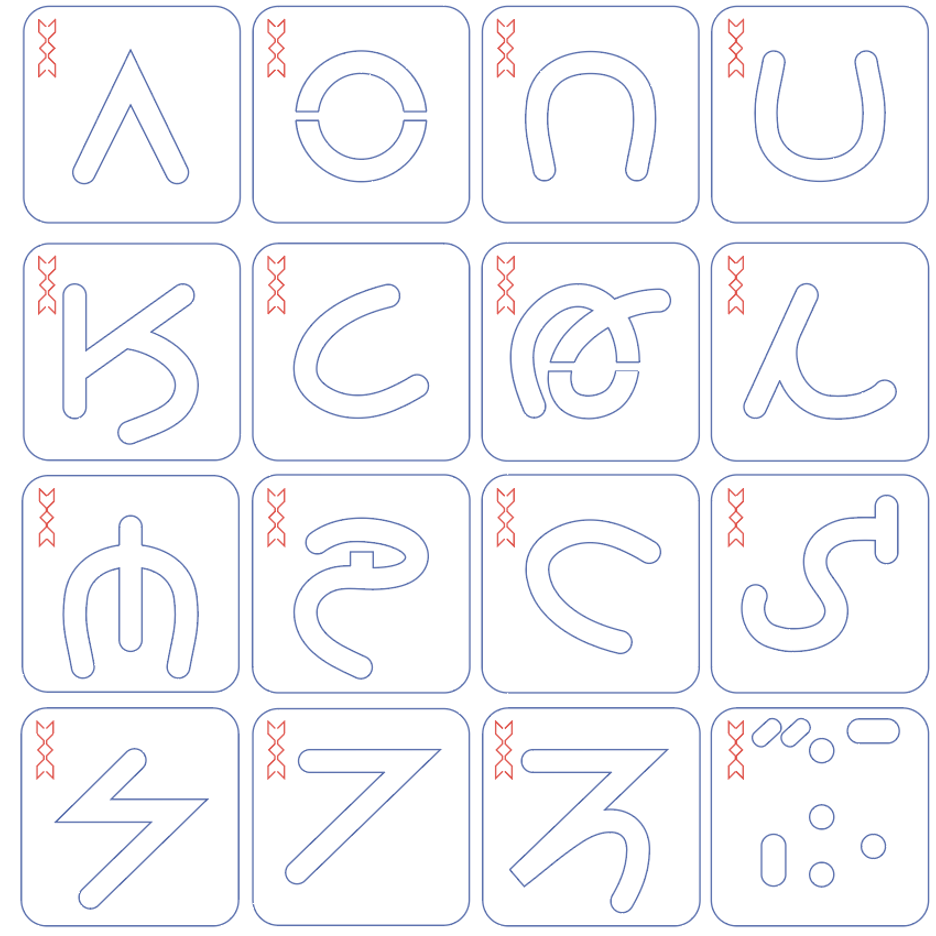
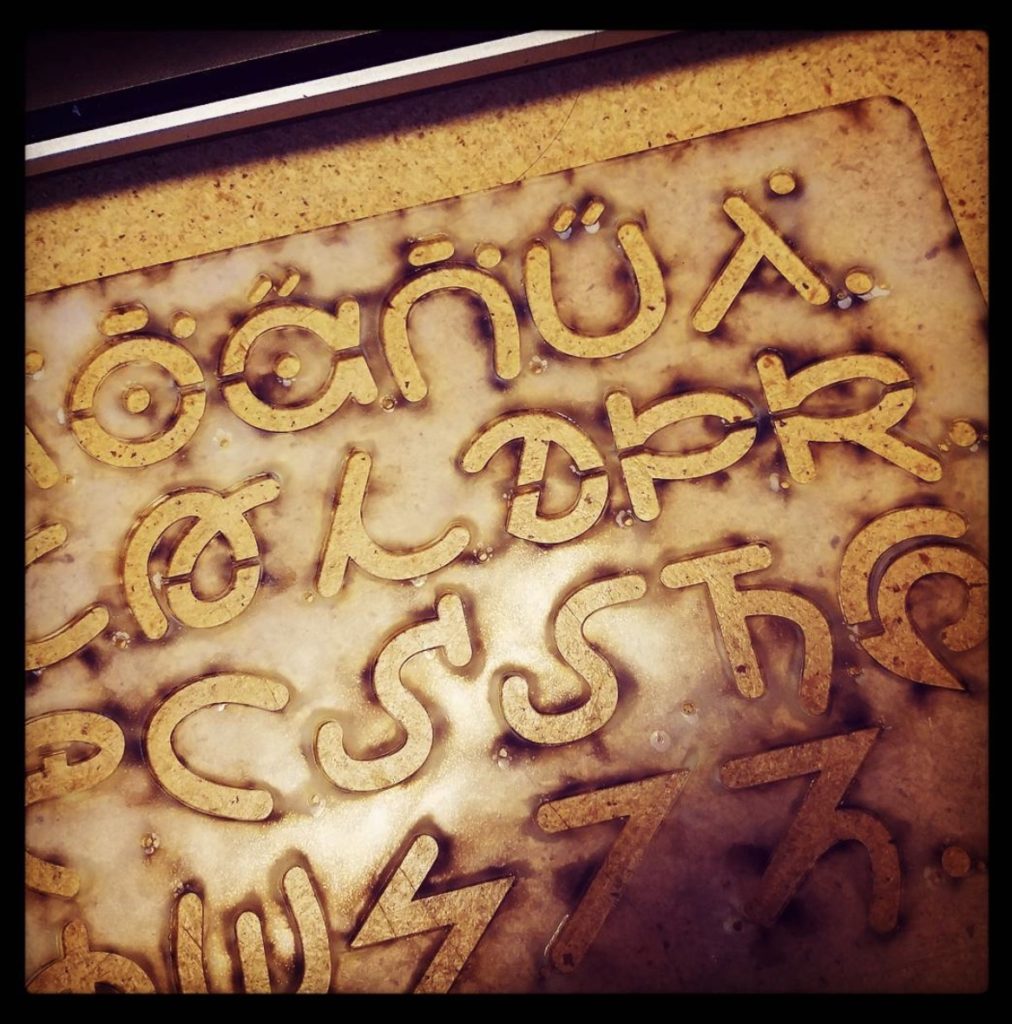
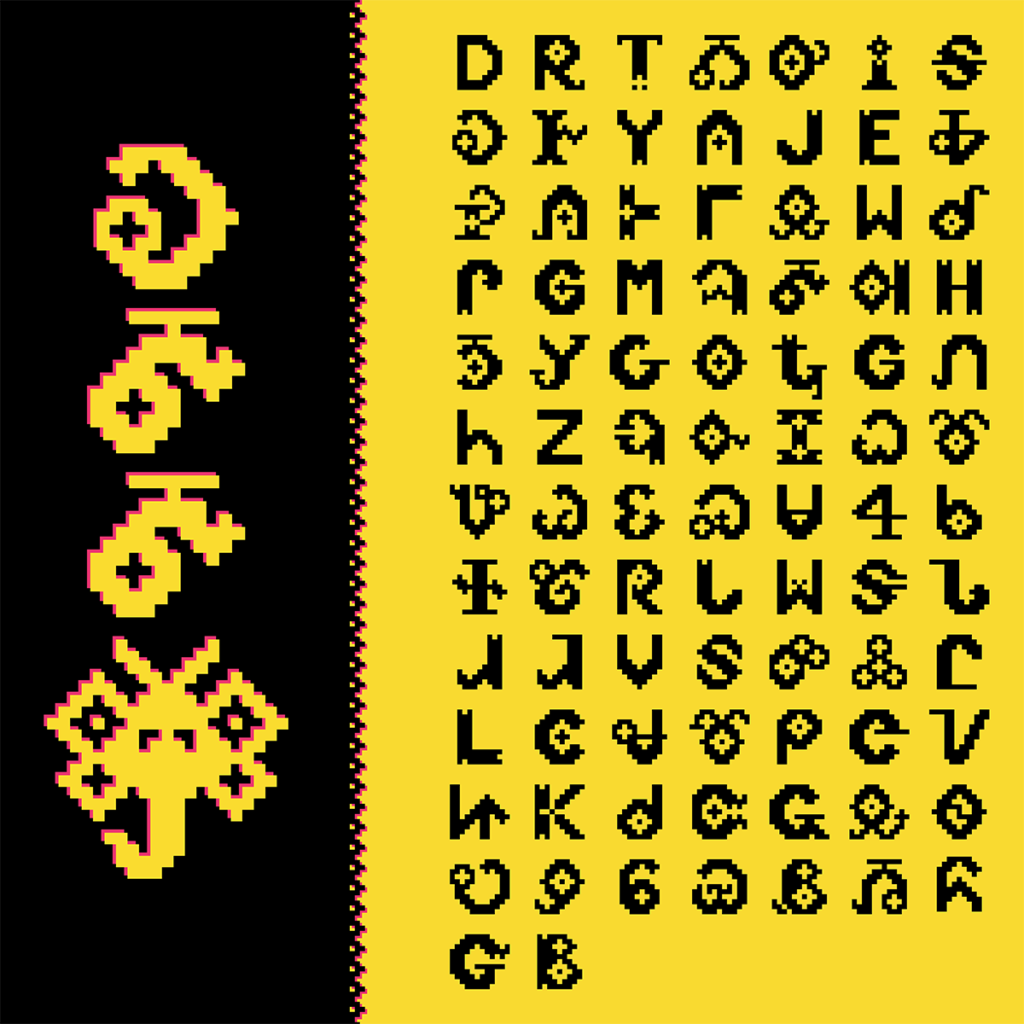
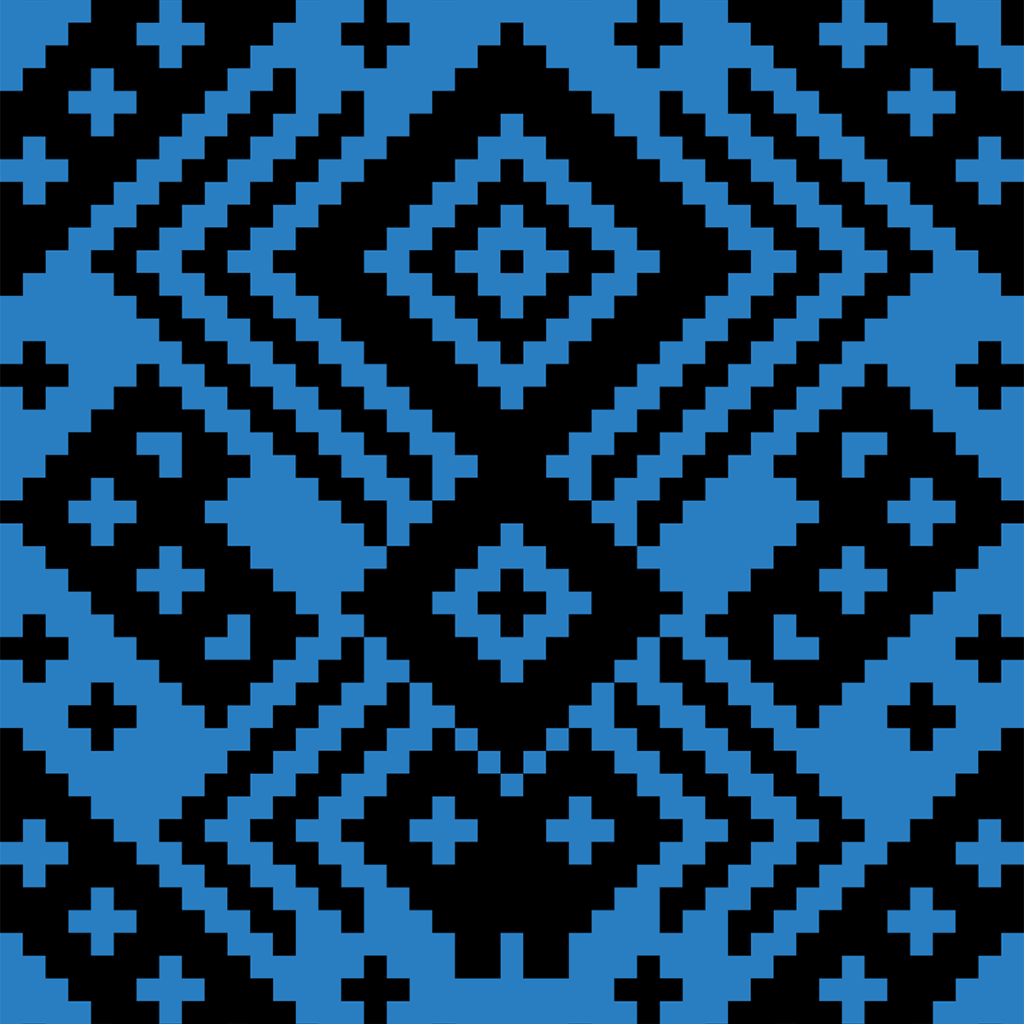




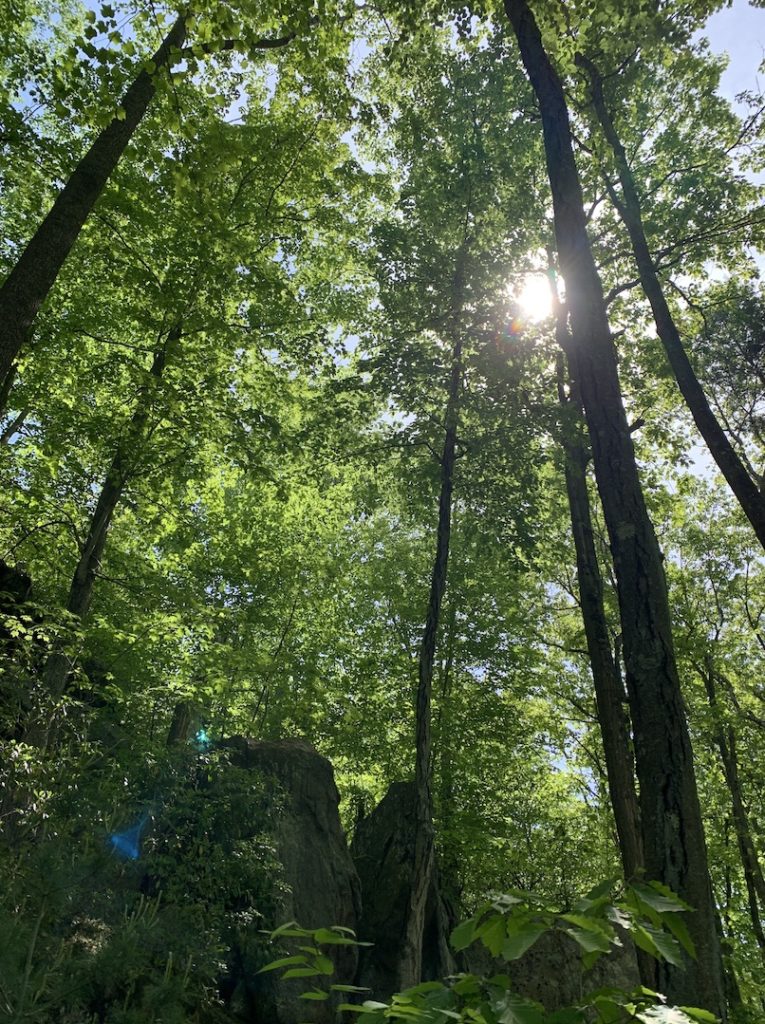
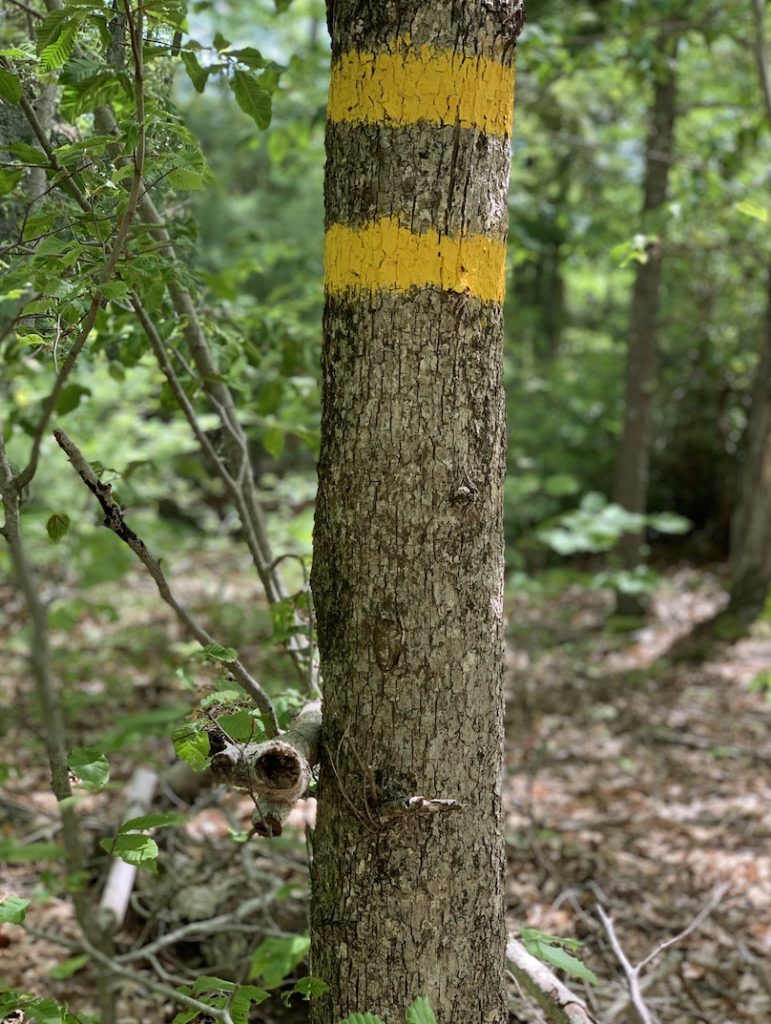
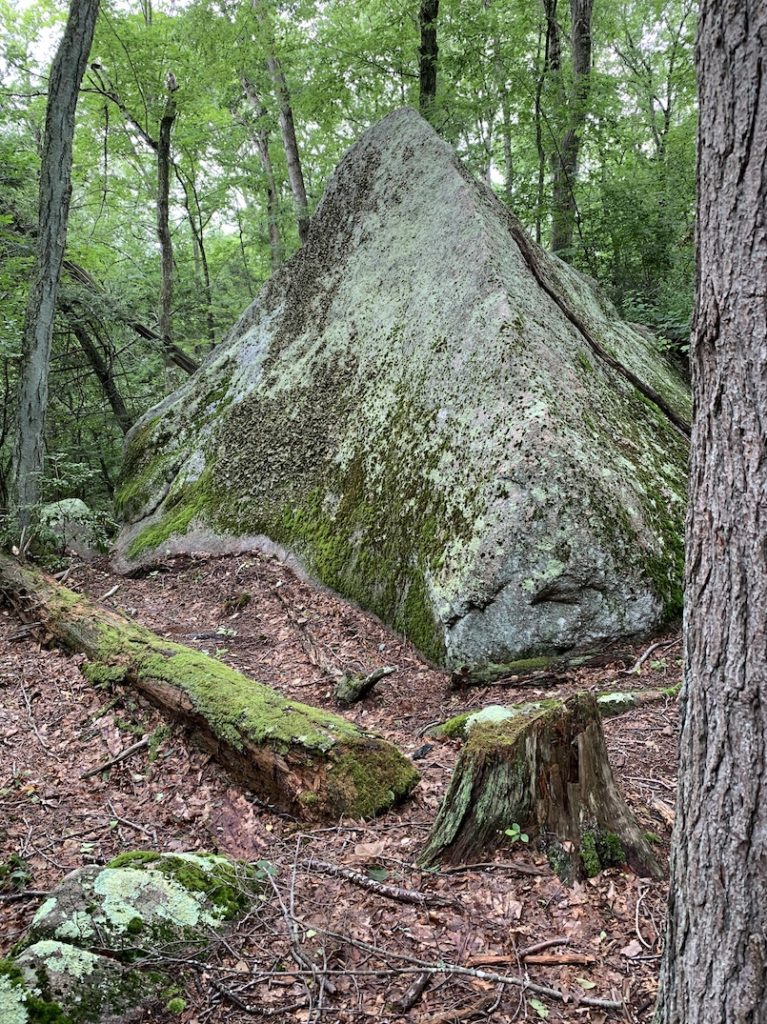

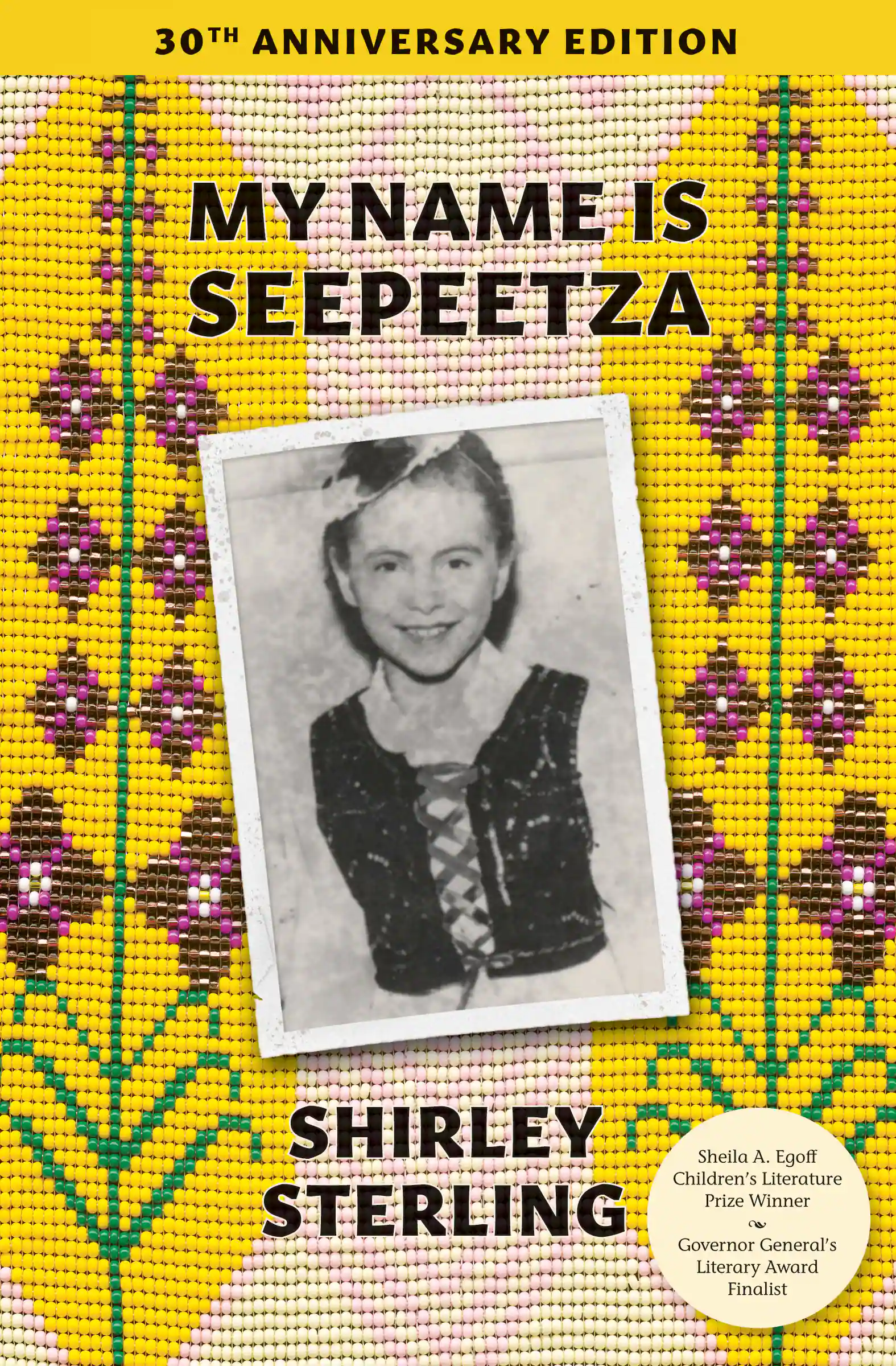
Ezhishin was such an amazing, overdue gathering! Especially welcome in its powerful undercurrent of honoring indigenous writing instead of the colonialist Latin script.